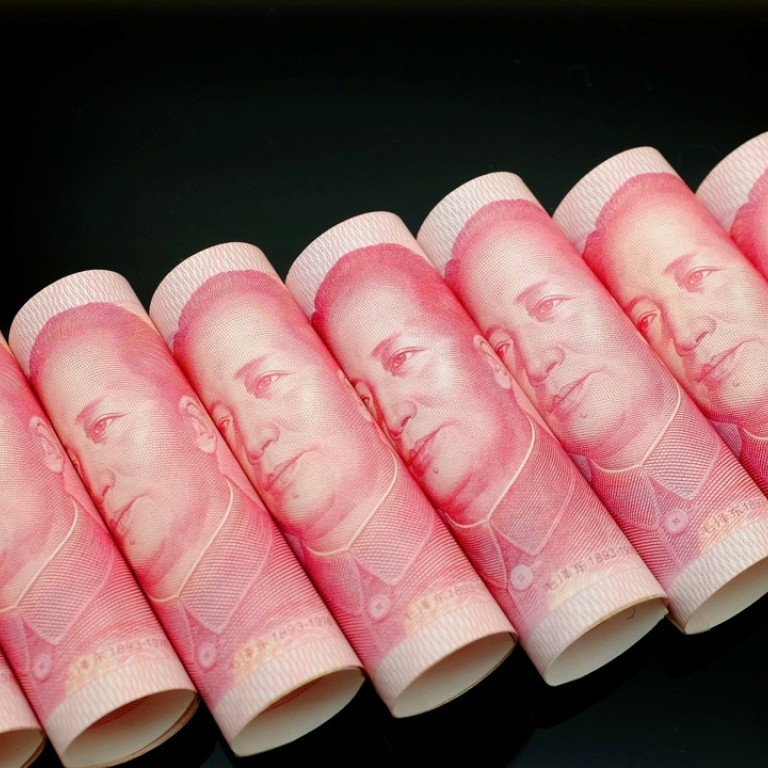
Don’t hold your breath for the yuan to be convertible, as stability trumps all in the Chinese Dream
Was it just me, or did the entire 204-member Central Committee of the Communist Party of China break into their cover version of Queen’s Xi is the Champion at the closing of the 19th Party Congress on Tuesday?
No? OK, then it was just me. Yet following the Congress, certainty, no one can be in any doubt of President Xi Jinping’s political supremacy and the vaulting ambitions for his “Chinese Dream,” particularly as it relates to the force projection of China’s influence abroad.
In fact, the party’s twice-a-decade meeting absolutely positioned China as the champion of globalisation and free trade, highlighting its multi-trillion dollar Belt and Road Initiativewhich is already creating trade links with Europe and Asia encompassing markets equivalent to almost one third of the global economy.
But as I listened to reports of the Congress, I could not help but note the incongruities and ambiguities inherent in China’s state-driven approach to promoting economic growth abroad. Foremost among, and representative of, these inconsistencies is the vexing issue of the convertibility of its currency, the renminbi.
Full convertibility of the renminbi, also known as the yuan, has long been one of China’s critical Don’t Hold Your Breath initiatives. The People’s Bank of China, as the country’s central bank is called, first committed to a fully liberalised capital account during the 1990s.
In 2010, it moved the target to 2015 for a full opening. According to the central bank’s Deputy Governor Yi Gang - who spoke at a New York conference as recently as April - full convertibility is now scheduled for 2020. Personally, I don’t think it’s going to happen before 2030.
A kind interpretation of China’s approach to the yuan - and its offshore variant, known among currency traders by the code CNH - would describe its liberalisation as a grand experiment without modern precedent, whereby the currency is internationalised first before becoming convertible later.
A slightly harsher view would suggest that globalisation combined with a non-convertible currency - almost by definition - is at best self-limiting and worse, destined to fail.
For Xi’s new Silk Road to succeed, China will need to attract significant - even huge - inflows of foreign capital for funding purposes.
Optically, this shouldn’t be a problem for the world’s second largest economy. But with a non-convertible currency, attracting capital is difficult and partly explains why - notwithstanding China’s mighty economic heft - its stock market accounts for less than 9 per cent of global equity capitalization, three times smaller than the United States. Put another way, China is an economic superpower with the capital market of a financial minnow.
I liken a non-convertible currency to a ball bouncing around a cage, unable to escape. Locked inside, it is typically forced to fund projects of dubious quality, at uneconomic levels of risk pricing, often with diminishing returns, and almost always resulting in a marked misallocation of resources.
If that liquidity is uncaged, conversely, it is free to explore global opportunities with more appropriate - if not attractive - risk-adjusted returns. In other words, resources are more appropriately allocated.
The problem is, if China allowed convertibility sooner rather than later, it’s likely that a wall of capital held by nervous depositors would be lined up ready to flee the banking sector as soon as it - and they - were able.
Why? Because despite official measurements of non-performing loans, the asset quality of China’s banks is questionable to some, worrisome to others.
If you were a retail depositor in one of China’s banks, I’m guessing you’d be happy to allocate a portion of your savings offshore for purposes of improved return and diversification. To put it mildly, this potential magnitude of capital flight would not be conducive to China’s existing growth model.
In fact, there is a (slightly) fascinating difference of opinion between the People’s Bank - which is generally supportive of capital account liberalisation - and China’s leadership, which is wholly supportive of political and social stability.
In the central bank’s view, nothing quite concentrates the mind of a bank manager as knowing a good portion of his deposits would likely take flight in the event of full capital account liberalisation. As such, the “threat” of convertibility can be seen as the proverbial stick to ensure that reform and financial sector liberalisation efforts remain on track.
Conversely, the Chinese political leadership clearly prefer a step-by-step, piecemeal approach, which reduces financial sector volatility and ensures continuity, not least from the perspective of keeping the country’s state-owned enterprises on their funding drip.
Perhaps this is why China’s authorities have been tightening, rather than loosening, capital controls in recent quarters.
I don’t think there are any prizes as to which argument will win. President Xi’s Chinese Dream essentially requires the subjugation and control of any possible circumstances that threatens its main aims. The type of uncertainty that would be generated by a precipitous currency convertibility would certainly be included in that set of risks.
The renminbi’s convertibility will happen, but at a pace and time frame which answers to a political imperative rather than necessarily a free market dynamic.
John Woods is the chief investment officer of Asia -Pacific at Credit Suisse

